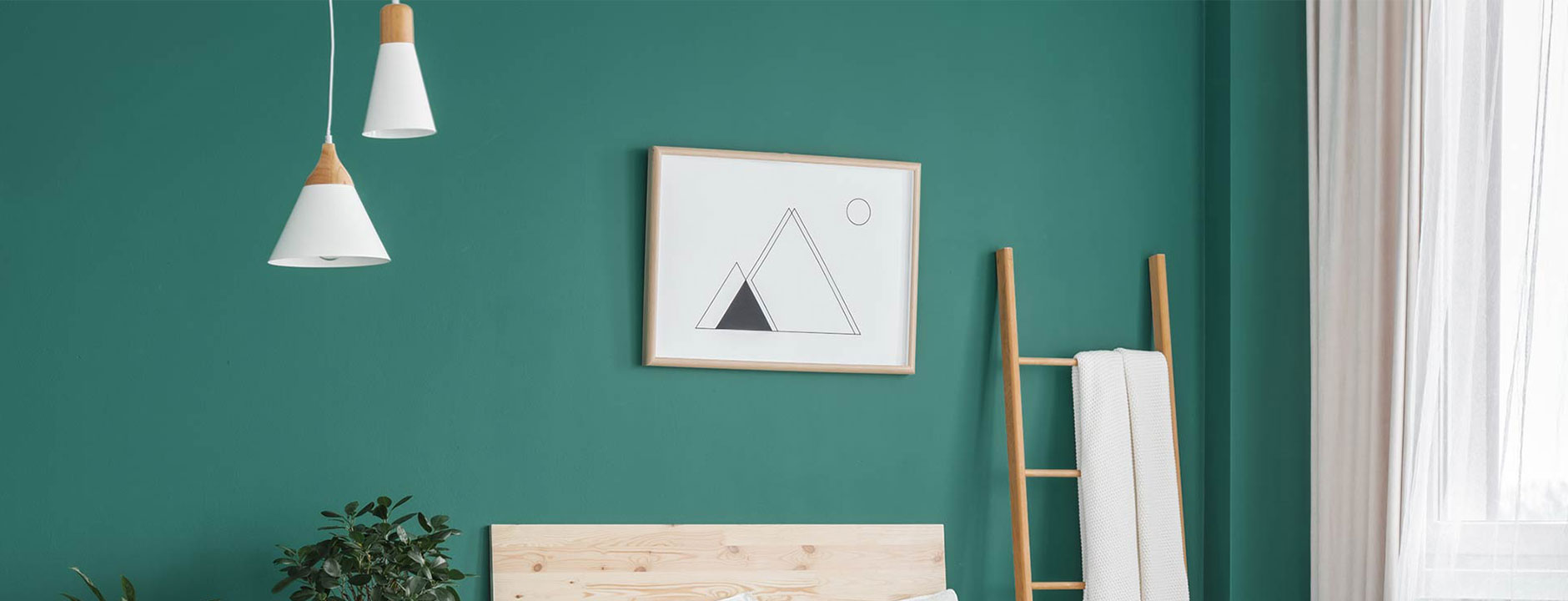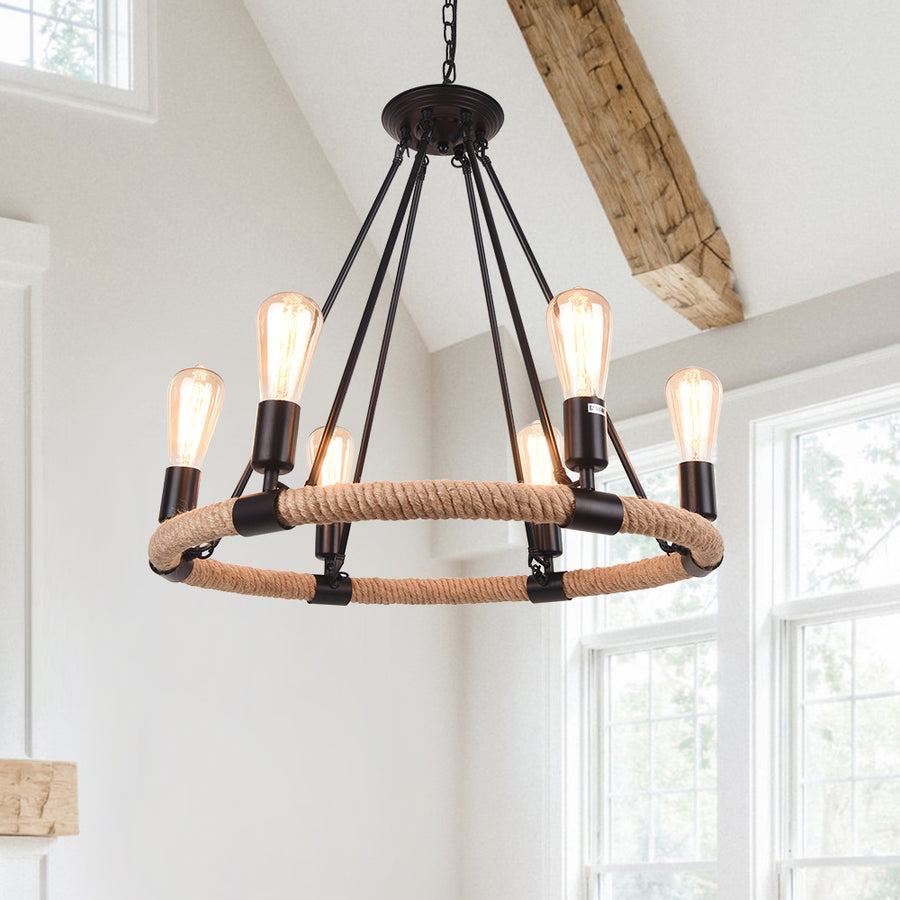Just how to Pick the Perfect Pendant Light to Improve Your Interior Style
Picking the ideal pendant light calls for mindful factor to consider of numerous aspects. The style needs to straighten with the overall design, while dimension plays an important role in making sure proper percentage. Color and coating options can boost aesthetic allure. In addition, evaluating light outcome is very important for capability - Pendant Light. Understanding these facets can change a room, creating an inviting atmosphere. The process entails even more than simply visual appeal; there are usefulness that should likewise be resolved.
Understanding Different Necklace Light Styles
Pendant lights are available in a range of styles, each offering distinct aesthetic and practical advantages. From industrial styles that feature subjected bulbs and metal finishes to classy glass fixtures that stimulate a feeling of refinement, the choices are vast. Contemporary pendant lights commonly stress minimalist shapes and clean lines, while vintage-inspired styles might integrate detailed detailing and warm tones.
For those looking for a rustic beauty, fixtures made from all-natural materials like wood or rattan supply a comfortable feel. In addition, multi-light necklaces can act as declaration pieces, combining a number of bulbs in a single layout for dramatic impact.
Each design adds differently to a room, influencing the general ambiance and character. Recognizing these varied necklace light designs allows home owners and designers to make educated choices that line up with their interior style vision, improving both performance and aesthetic charm in their atmospheres.
Establishing the Right Dimension for Your Space
When picking a necklace light, accurately gauging the ceiling height is crucial for achieving the best equilibrium in an area. Furthermore, determining the scale of the component in regard to the surrounding space warranties that the light complements as opposed to overwhelms the design. These aspects play an essential role in developing a harmonious indoor atmosphere.
Measure Ceiling Elevation
To accomplish a visually pleasing design, determining ceiling elevation is crucial for choosing the proper size of pendant light. The elevation of the ceiling straight influences the scale and percentage of the lighting fixture. In areas with standard eight-foot ceilings, pendant lights ought to usually hang around 30 to 36 inches above the surface area listed below, such as an eating table or cooking area island. For higher ceilings, changes should be made appropriately, as a greater installation can create a much more dramatic effect. When determining the excellent elevation, it is vital to show on the overall space dimensions and design. Exact dimensions aid assure that the pendant light not just enhances the room's design but additionally offers adequate lighting without overwhelming the area.
Compute Fixture Range
Selecting the ideal dimension for a lights fixture is crucial for creating harmony in an area's style. To calculate component scale, one should take into consideration the dimensions of the room. A common standard involves adding the space's size and size in feet, which supplies a perfect diameter in inches for a necklace light. As an example, an area gauging 10 feet by 12 feet suggests a component size of approximately 22 inches. Furthermore, the elevation of the ceiling plays a crucial role; taller ceilings may suit larger fixtures. Making sure the necklace hangs at an appropriate height-- generally 30 to 36 inches over surface areas-- further boosts functionality and visual allure. Appropriately scaled components can transform a space, making it feel inviting and well-coordinated.
Thinking About Shade and End Up Choices
When choosing a necklace light, the interaction of shade and coating can substantially impact the overall aesthetic of a space. Coordinating the light's shade combination with existing style assures a harmonious layout, while the choice of finish material can enhance appearance and style. Thoughtful consideration of these components is essential for achieving a natural look in indoor design.
Color Scheme Control
Shade palette sychronisation plays an essential function in accomplishing an unified interior layout, especially when selecting pendant lights. Choosing a pendant light that matches the existing color plan boosts the overall visual. For instance, a light with warm tones can produce a comfortable environment in an area filled with natural tones, while cooler tones may balance effectively with a contemporary, minimalist scheme. It is vital to consider the dominant colors in the space, making sure that the necklace light either mixes effortlessly or gives a striking comparison. In addition, including accent colors from the palette can tie the style with each other, developing a natural appearance. Inevitably, thoughtful shade sychronisation boosts the aesthetic influence of the necklace light within the indoor style plan.
Complete Material Considerations

The selection of surface products for necklace lights substantially affects the general design aesthetic of a space. Various finishes, such as matte, shiny, or textured, can produce varying aesthetic impacts. A sleek metal coating may stimulate a modern, industrial environment, while a matte or cleaned finish can offer a softer, extra natural feel. Shade choices, varying from classic blacks and whites to dynamic tones, additionally play an essential duty in harmonizing with existing style. Furthermore, materials such as glass, wood, or ceramic can improve the necklace's character and enhance surrounding elements. Eventually, choosing the best coating material ensures the necklace light not just illuminates yet likewise boosts the space's layout narrative.
Assessing Light Outcome and Capability
Light output and capability are fundamental aspects in picking the optimal necklace light for any kind of space. Examining the illumination of a pendant light involves comprehending lumens, which gauge the total light released. A greater lumen matter generally suggests a brighter light, necessary for jobs such as analysis or cooking. Additionally, the color temperature, gauged in Kelvin, influences the ambiance; warmer tones create a comfy ambience, while cooler tones advertise alertness.
Functionality prolongs beyond brightness to include the fixture's design and placement. Adjustable pendants can provide versatile illumination for various activities, while taken care of alternatives include a statement to the decoration. Taking into consideration the elevation at which the necklace will certainly hang is vital, as it influences blog both light distribution and safety and security. Inevitably, a well-assessed light result and capability will ensure that the chosen necklace light fulfills both visual and practical demands in the designated area.
Matching Pendant Lights With Your Interior Style Style
How can one assure that pendant lights enhance the total interior decoration motif of a space? The essential lies in selecting fixtures that resonate with the well-known aesthetic. For example, in a minimal setup, sleek and simple designs in neutral colors can create a natural look. Conversely, a vintage-themed area may gain from ornate pendant lights, featuring intricate styles or warm tones that evoke fond memories.
Furthermore, considering the product and finish of the pendant light is necessary. Metals like brass or copper can include a touch of elegance to a contemporary space, while timber components may complement rustic interiors.
Color harmony also plays a substantial function; picking tones that align with the space's scheme assurances that the lights feels integrated instead than out of area. Ultimately, the ideal pendant lights ought to not just illuminate however additionally serve as a stylistic expansion of the total layout, enhancing the atmosphere and personality of the area.
Installation and Placement Tips for Maximum Effect

In larger areas, take into consideration making use of larger pendants or collections to avoid them from feeling shed in the room. For an open-concept design, lining up the pendants with other layout aspects, like countertops or furniture lines, cultivates communication. In addition, dimmer buttons can enhance versatility, enabling adjustable ambiance. Inevitably, thoughtful installment and positioning of necklace lights can transform the aesthetics and capability of any kind of interior layout.
Regularly Asked Questions
What Are the most effective Products for Pendant Lights?
The very best products for necklace lights include glass for beauty, steel for longevity, and material for heat. Each material provides one-of-a-kind looks, permitting designers to produce functional lighting services that boost various interior designs and environments.
Exactly how Do I Preserve and Tidy Pendant Lights?
Preserving and cleansing pendant lights entails regular dusting, making use of a damp cloth websites for surfaces, and utilizing mild cleansers for glass components. Regular look for loosened installations assure safety and security and prolong the life expectancy of the components.

Can Necklace Lighting Be Dimmable?
The concern of whether pendant lights can be dimmable matters for several. Different designs use dimmable functions, enabling individuals to change brightness, improving ambiance and functionality. Compatibility with dimmer switches is essential for peak performance.
What Is the Lifespan of Common Pendant Light Bulbs?
The lifespan of typical necklace light bulbs varies significantly. Incandescent light bulbs last about 1,000 hours, while portable fluorescent lights (CFLs) can last 7,000 to 15,000 hours. LED light bulbs provide the longest lifespan, reaching up to 25,000 hours or even more.
Are Necklace Lights Suitable for Outdoor Usage?
Necklace lights can be appropriate for outdoor usage, however they should be specifically designed for such settings. Weather-resistant materials and proper installment are vital to ensure toughness and security versus aspects like moisture and wind.
Shade combination sychronisation plays a vital this website role in attaining an unified interior layout, especially when selecting pendant lights. The selection of surface materials for pendant lights substantially affects the general layout aesthetic of a space. Light outcome and functionality are fundamental variables in choosing the perfect necklace light for any kind of area. Evaluating the illumination of a necklace light involves understanding lumens, which measure the total light released (Pendant Light). How can one ensure that necklace lights enhance the general indoor layout theme of an area?